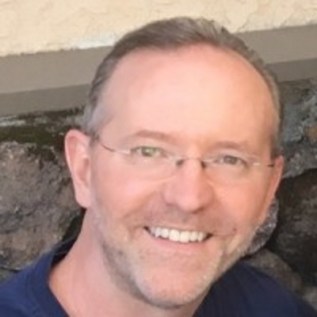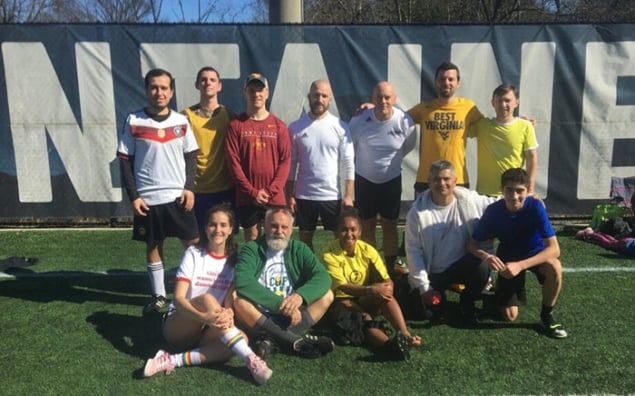While the coronavirus pandemic wreaks havoc across national healthcare systems and the global economy, many technology companies have bunkered down and spent a good chunk of 2020 focusing on what they do best: relentless product innovation. A case study in this regard is the development team behind RadCalc QA secondary check software, a suite of widely deployed quality-assurance (QA) tools that provides medical physicists and dosimetrists with fully automated and independent dosimetric verification of their radiotherapy treatment planning systems (TPS).
Among a raft of advanced RadCalc features unveiled this year, top billing goes to the addition of automated 3D dose-volume verification – a result of the successful integration of Monte Carlo and collapsed-cone dose calculation algorithms into the platform. That 3D capability is reinforced by a continuous-improvement mindset – aligned with the evolving operational priorities of end-users at more than 2500 clinics worldwide – which ensures that automation, speed and workflow efficiency remain hard-wired into the RadCalc develop-and-release programme.
3D thinking
“For the past 20 years, we have provided independent QA software that’s fast, easy-to-use and accurate when it comes to identifying TPS dose errors,” explains Jim Dube, president and co-founder of the RadCalc software portfolio, part of LAP’s growing QA product line in radiotherapy. As such, the addition of automated 3D dose verification represents a natural progression for RadCalc, ensuring enhanced QA accuracy for harder-to-treat cases – for example, metastatic brain tumours or small tumour targets surrounded by lung heterogeneities – as well as an independent check for a range of advanced treatment modalities, including intensity-modulated radiation therapy (IMRT), volumetric modulated-arc therapy (VMAT), stereotactic radiosurgery (SRS), stereotactic body radiotherapy (SBRT) plus hypofractionation and ultrahypofractionation.

Under the hood, RadCalc’s 3D Monte Carlo module exploits the well-established BEAMnrc dose engine in tandem with proprietary machine modelling acquired from the medical physics team at McGill University, Canada. The collapsed-cone convolution superposition algorithm is the result of a separate acquisition covering the source code and related patents of a product called DosimetryCheck (purchased from US radiological software specialist Math Resolutions back in 2017). “Our investment in Monte Carlo and collapsed-cone algorithms gives users a higher degree of certainty in their QA 3D dose calculations,” adds Dube. “That certainty translates into improved targeting accuracy and dose distribution accuracy – and ultimately better patient outcomes.”
If accuracy is a given for 3D dose verification, so too are automation and speed. Put simply, says Dube, all the physicist has to do is export a treatment plan via their DICOM RT and RadCalc will automatically verify the plan using either a Monte Carlo or collapsed-cone algorithm, generating results in minutes. “If the treatment plan doesn’t pass versus preset criteria,” he adds, “RadCalc will prompt the user to investigate what’s going on using a suite of dose analysis tools. They can slice-and-dice the plan just about any way they want to see where the hot or cold spot is and figure out what to do from there.”
Buy vs subscribe
Functionality aside, there’s also significant innovation to report on the RadCalc commercial model – most notably the availability of subscription licensing for radiation oncology clinics in North America. In terms of specifics, end-users can now select from four preconfigured packages – Essential, 3D Premium, 3D Gold and 3D Unlimited – and add functional modules to meet their changing clinical needs. “We are constantly working on new features, new releases and the optimization of the software platform,” says Dube. “With a subscription, users can access all the latest features to ensure they are always up to date.”
Annual and multiyear RadCalc subscription packages are available, all with technical support and maintenance included. The financial driver here is that even in the best of times – let alone the middle of a pandemic – the upfront capital outlay on a traditional QA software licence can prove a blocker for smaller clinics, many of which struggle to accommodate spending spikes outside their annual budgeting cycle.
The RadCalc subscription model offers customers a fast-track workaround, spreading their software investment over an extended timeframe. “Subscription packages provide 70% lower upfront spend compared to traditional licence fees,” claims Dube. “It’s a win–win, with the client getting much-improved visibility and certainty about their QA software spending over time.”
Listening to the user
Right now, the RadCalc team is hard at work fleshing out the development roadmap for 2021 and beyond, including the release of 3D EPID-based functionality to underpin true measurement-based IMRT QA and in vivo verification. In short, RadCalc will import the necessary EPID data/image files, process them, and then send to the collapsed-cone dose engine to calculate the dose.
Ongoing requirements-gathering and prioritization are built upon what Dube calls “dialogue at scale” with the clinical user base – though he concedes that “it’s suddenly not so easy to gather ideas from customers in a face-to-face setting” as the main scientific conferences and tradeshows go virtual.
All things considered, though, it seems the collective conversation on RadCalc is in good shape, with the technical support and sales teams very much the “eyes and ears” for customer feedback and new feature requests. “Our annual customer survey is another fantastic channel to inform our product development,” says Dube, “and very much in the spirit of ‘what are we doing well, what could we do better, what can we do to make your life easier?’”

Hypofractionation: pushing the boundaries of MLC performance
Operationally, RadCalc’s incorporation into the LAP group (in January 2019) has also opened up new growth opportunities through the latter’s global customer base. LAP laser systems are used worldwide for patient positioning in radiotherapy, both in the imaging and treatment unit. More broadly, the company is focused on delivering the enabling technologies for next-generation radiation therapy with ongoing innovation across its QA and multileaf-collimator product lines.
Capitalizing on that access, Dube concludes, starts and ends with RadCalc’s core value proposition to the radiation oncology community: “Independent verification is, and will remain, a big deal for medical physicists and for the radiotherapy equipment vendors. Why wouldn’t they want independent QA providing a double-check of their treatment plans?”





